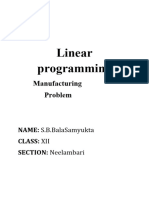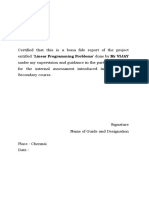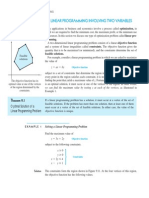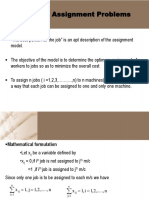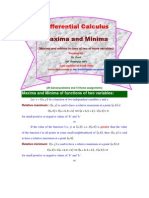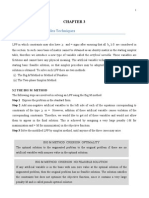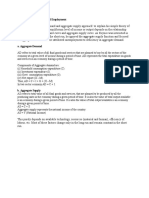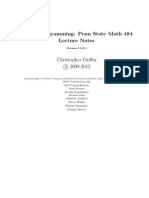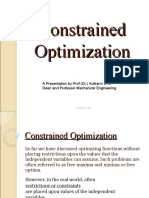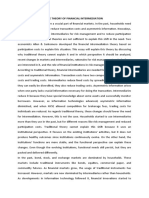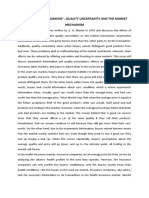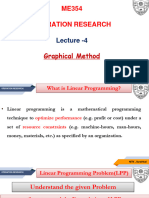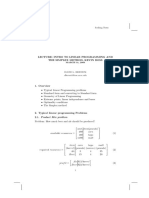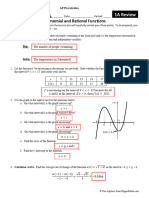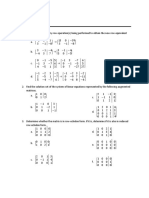0% found this document useful (0 votes)
1K views3 pagesHistory of Linear Programming
Linear programming aims to optimize a linear function subject to constraints. Several mathematicians contributed to its development including Kolmogorov, Kantorovich, Stigler, Dantzig, and Karmarkar. Kantorovich first introduced the concept in 1939 and it was later used in WWII for resource allocation. Stigler formulated an early diet problem in 1945 that was a linear program but lacked an algorithm to solve it. In 1947, Dantzig developed the simplex method, enabling efficient solving of complex linear programs. Karmarkar later improved efficiency with his 1984 polynomial-time algorithm.
Uploaded by
EdCopyright
© © All Rights Reserved
We take content rights seriously. If you suspect this is your content, claim it here.
Available Formats
Download as DOCX, PDF, TXT or read online on Scribd
0% found this document useful (0 votes)
1K views3 pagesHistory of Linear Programming
Linear programming aims to optimize a linear function subject to constraints. Several mathematicians contributed to its development including Kolmogorov, Kantorovich, Stigler, Dantzig, and Karmarkar. Kantorovich first introduced the concept in 1939 and it was later used in WWII for resource allocation. Stigler formulated an early diet problem in 1945 that was a linear program but lacked an algorithm to solve it. In 1947, Dantzig developed the simplex method, enabling efficient solving of complex linear programs. Karmarkar later improved efficiency with his 1984 polynomial-time algorithm.
Uploaded by
EdCopyright
© © All Rights Reserved
We take content rights seriously. If you suspect this is your content, claim it here.
Available Formats
Download as DOCX, PDF, TXT or read online on Scribd
/ 3














